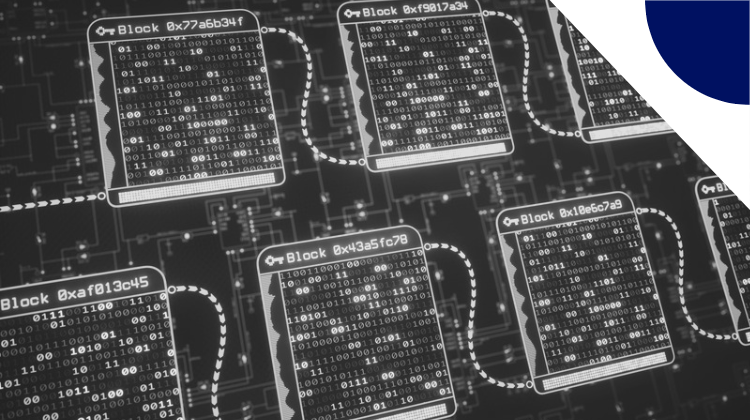Blockchain and Crypto
Feedback on the Regulated Liabilities Network: Financial services is one step closer to a use case for blockchain
- The Fed’s New York Innovation Center spent 12 weeks testing a regulated liability network, which adds a shared ledger for settlement on top of existing infrastructure.
- Along with some of the US's top banks, the PoC found it feasible that a system like this could enable 24/7 dollar-denominated transactions globally.








